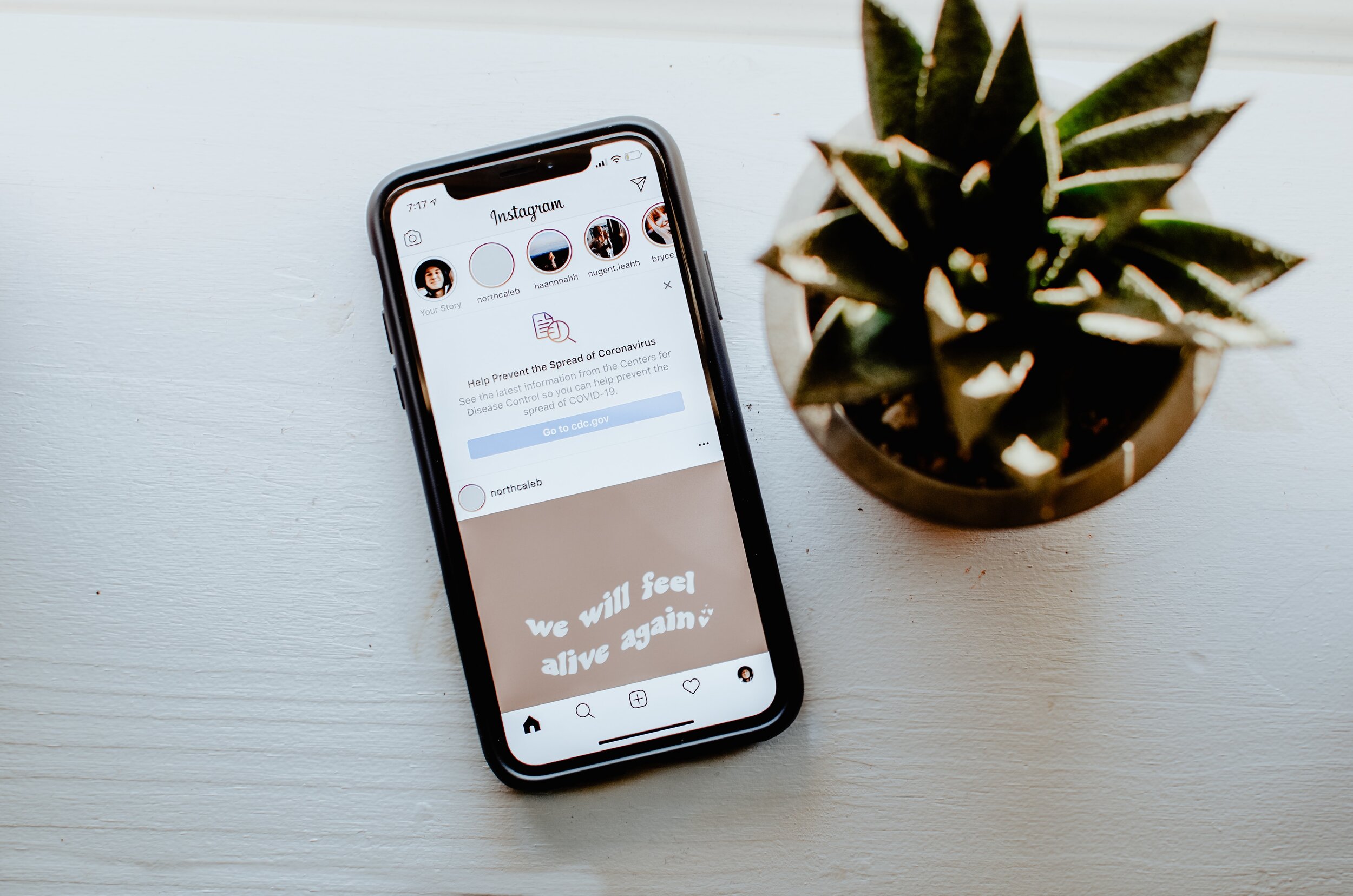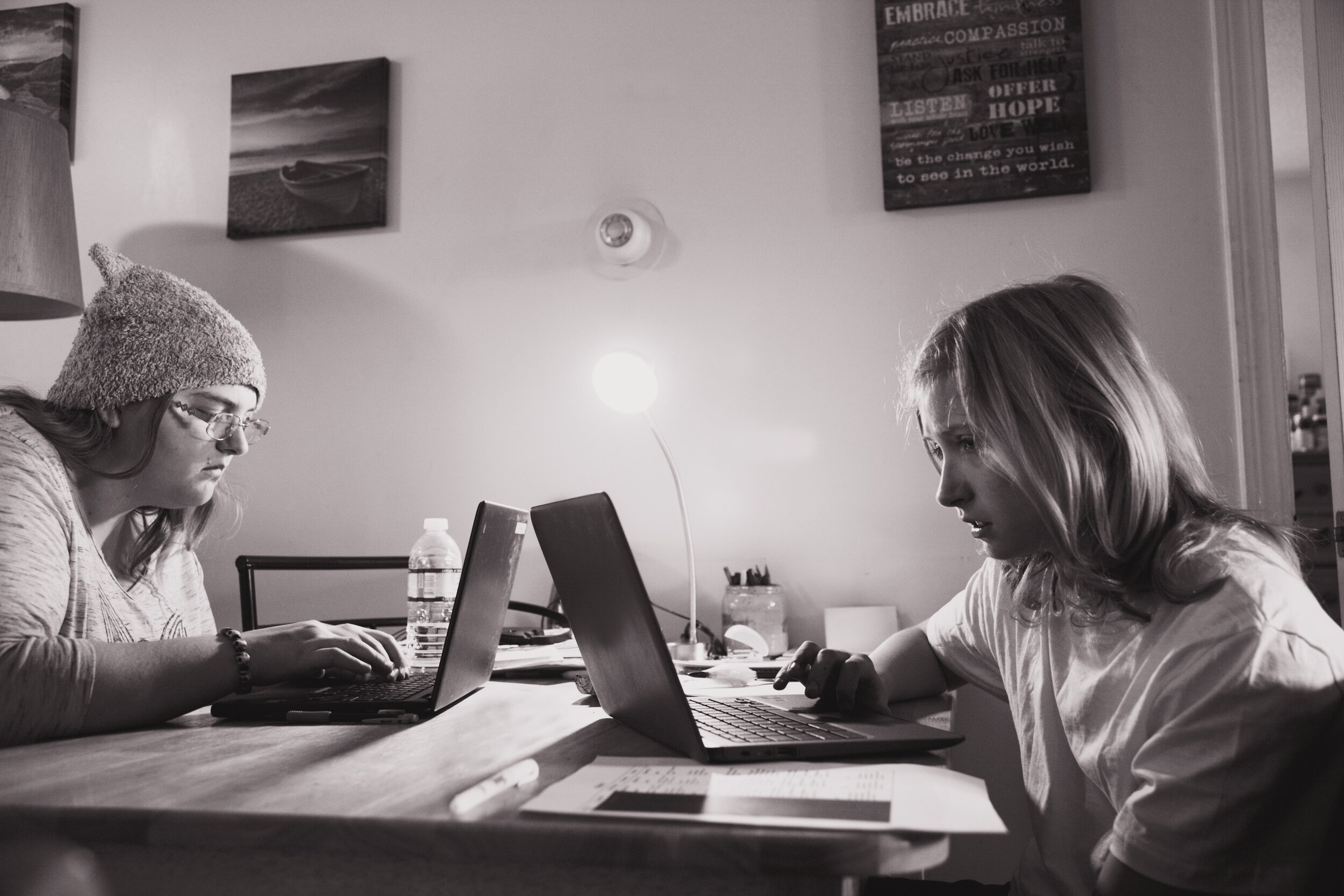Exercising Your Willingness Muscles
Jill Stoddard
by Annabelle Mebane, MA, AMFT
When you’re someone who experiences a lot of anxiety, it’s easy to end up internalizing unhelpful messages like “you’re too sensitive,” or to think that any time you are having any big feelings, it’s “just anxiety” and that you need to push through or get over those feelings. But a crucial component of learning to respond to anxiety more effectively involves learning to respond more flexibly.
The goal of Acceptance and Commitment Therapy (ACT) – an evidence based transdiagnostic treatment model – is to increase what we call psychological flexibility:
the ability to do what matters most to you no matter what uncomfortable thoughts, feelings, memories, or sensations arise in the process. It’s to accept painful feelings, notice painful thoughts as thoughts rather than always buying into them, and choose to move toward your values even when it’s uncomfortable. Without a solid understanding of values, it might be easy to confuse accepting painful feelings and getting distance from painful thoughts with needing to push through all discomfort no matter what.
But acceptance is not about white knuckling your way through pain,
and defusing from your thoughts is not about writing off all uncomfortable thoughts as “just anxiety.” Yes, anxious thoughts can be unhelpful. Yes, they can get you stuck. But rigidly pushing through all anxiety without getting curious about your pain can be just as unhelpful as rigidly buying into every anxious thought and avoiding anything that brings up those anxious feelings.
Here is the thing: your pain is full of really important information.
Sometimes the way your mind tries to deliver that information is not helpful or accurate. But the pain shows up for a reason. And usually that reason is linked to your values. Sometimes, the reason is that you care so much about something that it hurts. When you care deeply, you risk feeling the pain of failure, loss, rejection, grief, etc. Other times, painful feelings show up to alert you that there is something untenable about a situation, relationship, or context, and to compel you to take actions to protect, advocate for, and take care of yourself.
Acceptance allows you to make space for your feelings, to notice your experience with curiosity and compassion, and to choose how to respond in a way that moves you toward your values.
Sometimes that response involves persisting and acknowledging that the discomfort is likely to come along for the ride as the price of growth and vitality. Sometimes the response involves setting a boundary, saying no, speaking up for yourself, or removing yourself from a situation that is unsafe or out of alignment with what you want or need.
Think of acceptance in the context of working out.
If you want your muscles to grow, you will be required to experience and allow for some discomfort. But there is discomfort that feels like pushing yourself in service of growth, and then there is discomfort that feels like you may be injuring yourself and to persist would actually impede your growth. When we are mindful of our feelings and willing to experience and notice them, we are empowered with important information about how to proceed in a way that ultimately moves us toward our values.














